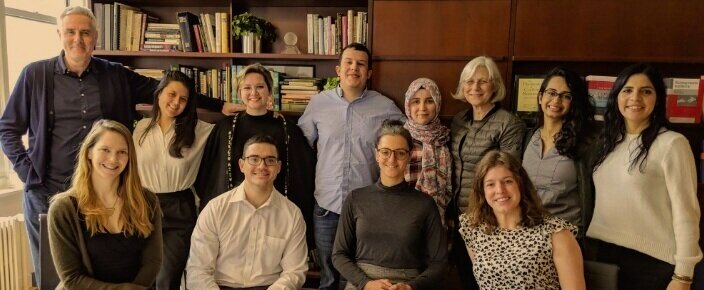WE ARE AS DIVIDED AS EVER. WHERE DO WE GO FROM HERE?
This book is about why we are stuck in our current cultural riptide and what we can do to find our way out. It will explain how patterns of intractable polarization can and do change, and offer a set of principles and practices for navigating and healing the more difficult divides in your home, workplace and community. It shares the findings from original scientific research conducted at Columbia University on when longstanding, acrimonious conflicts change course – and how to go about achieving this in your own life. The hope is that this book will shed light on how each of us can break free from the infuriating divisions that are contaminating too many aspects of our lives today – from the news and entertainment we consume to who we date and whether or not we will ever attend family or work gatherings again. It will explain the science behind why we have been so stuck on this path for so long and, more importantly, what we can do to break out of these spirals of mutual contempt and get back to focusing on bettering our own lives, relationships and nation.
To some degree, the diagnosis begins the cure.
So, if you are struggling with the collapse of a particularly tense relationship within your family, if you find yourself getting sucked into hostile political debates at work that go nowhere, or avoiding some of your colleagues or neighbors from the other camp altogether, or if you just feel exhausted and worried about the enmity, contempt and dysfunction erupting all around us, this book is for you. It will show you the way out – the way forward.
Author Peter T. Coleman Distills the 5 Big Ideas from The Way Out for The Next Big Ideas Club
TABLE OF CONTENTS
Preface: While Rome Burns
Acknowledgements
Introduction: Our Crisis and Opportunity
Why We Are Stuck
Attracted to Conflict
Think Different—Change Your Theory of Change
Reset—Capture the Power of New Beginnings
Bolster and Break—Locate Latent Bubbles
Complicate—Embrace Contradictory Complexity
Move—Activate Novel Pathways and Rhythms
Adapt—Seek Evolution for Revolution
Conclusion: New Rules for The Way Out
Afterword
Appendix: Assessments and Exercises
Notes
Index





